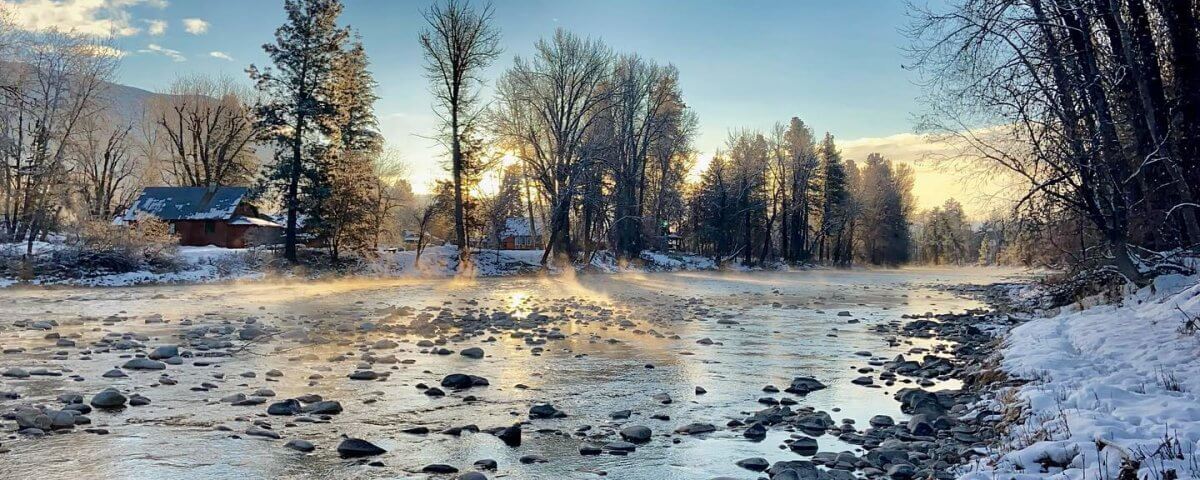Judge Rawson Rules on County-Ecology Water Case

Twisp Restoration Project Downsized
November 17, 2021
Comment Guide for the Comp Plan
November 24, 2021On November 5, Okanogan County Superior Court Judge Henry Rawson clarified an opinion he gave in August about the use of permit exempt wells for subdivisions. He reaffirmed and agreed with the Department of Ecology that the two-lot subdivision—allowing property owners to divide a lot with a house and well and add another one with a new permit exempt well—was unlawful. We agree with this decision as it upholds the Methow Rule which only allows permit exempt wells for single use (one house, one well) and stock use. Over the last 45 years the Methow Rule has prevented the proliferation of subdivisions with permit exempt water in the Methow Valley.
In his reconsideration, Rawson did address the owners of the 235+ vacant lots created by subdivision after March 2002 (the Campbell and Gwinn case) and said they “may have vested rights to build homes based on prior subdivision approvals which included a determination of legal water availability.” While we acknowledge that this could provide relief for many landowners who were told they had water when they bought land only to find out they didn’t when they put in a building permit, we hope that the county will find a way to mitigate the water use of these lots through water banking as the use of permit-exempt water for group use still violates the Methow Rule. For now, Okanogan County has not yet lifted its building moratorium.
With the placement of the building moratorium 9 months ago by Okanogan County, the focus on water use and misuse in the Methow Valley has come into the spotlight. We’d like to keep the spotlight centered where it is—water is precious and limited in this watershed and as our summers become hotter and drier, further strain will be put on a dwindling supply. We hope that this ruling and the moratorium has opened up the conversation for what we believe are two long-term solutions to the problem: water banking and a multi-stakeholder watershed planning process. Read more about these solutions and an in-depth account of the Methow Rule in our upcoming Fall/Winter Print Valley Voice.


